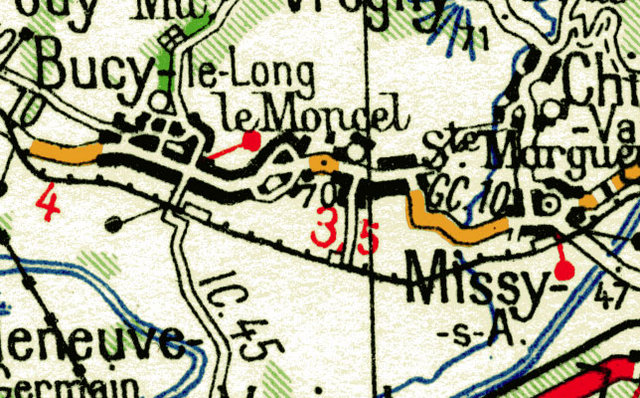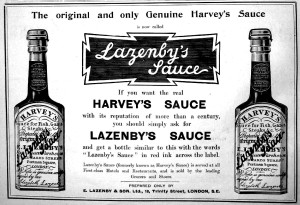Envelope addressed to Miss M Crawshaw, 29 Strethleven Rd etc franked APO 17(?) Sep 14 and London 25 Sep 14 passed by Censor 137
Letter dated 17.8.14 – written in pencil
Dear Till,
Just a few lines in answer to your welcome letter which I thought was never coming and I was very pleased to hear from you. Glad to hear that Aunt got my P Card and that they are all getting on alright and I hope that Uncle Matt sticks his job at the Post Office for Aunt will be much happier. You say you haven’t heard from Tom yet, well you can take it from me that he is alright thats what we have heard, that we have beaten the Germans quite easily as sea. I wish we could say that out here. Well Till mate I am getting on alright up to yet and still in the pink, we have had a rough time of it just lately and I have got a terrible cold. The weather out here has been lovely up to this last week and its been raining night and day and we have got properly drenched. I hope it clears off, for it is proper miserable.
Now Till dear I want you to send me out a parcel of cake and chocolate and also a pair of socks, for our rations are very small and we get them when we can now and then they are very small, so I trust you will do your very best and send me out a parcel now and again, and I will make it right when I come back well I hope too. We haven’t had any pay for seven weeks now and there isn’t any chance of getting any so we can’t buy any and we don’t get much chance either, so I hope you will do you best and send it out soon not a fancy bit of stuff just a bit of you know the sort mate, be sure to do it up strong or else it will get busted up.
Pleased to hear about Doris, I should love to see her for its such a long time since she saw her Biddy give her my love and I hope to see her soon as she left that school. Am surprised to hear about the old man getting married again, but I expected to see that come off and he is getting young again, have you seen her, who told you about it, good old mother (????thises) is that what she said you wasn’t to see Doris you tell Mrs C to what a bit don’t bolt her food, Ginger can please herself who she goes and sees, she must be nearly fourteen now and I expect Aunt has fits what with having to get Mother up so early as that, how does she manage to get up so early as that.
Now Till I hope you are getting on alright at Stewarts and that you are still merry and bright. Don’t forget to send out the Sunday paper every week all of it and don’t leave out the sporting part me old dear. Now I don’t think there is any more news just now, except you can tell Aunt and all off them at home that I am in the pink and I should like a few lines from one of them at home. Now I must conclude trusting to hear from you soon.
I remain
Your loving Brother
Frank xxxx
17th September 1914
Frank’s not feeling too great today and neither am I, so I am going to revisit the contents of this letter throughout the rest of the week. Tomorrow we’ll look at what’s been happening in the war at sea.
The Dorsets joined the rest of the 15th Brigade and began to dig trenches along the main road between Soissons to the north west and Sermoise in the east.
All along the Aisne the two opposing sides began to dig in. The British were totally unprepared for this new type of warfare and, having also left a lot of equipment on the retreat from Mons, were forced to scour local farms and businesses for tools.

